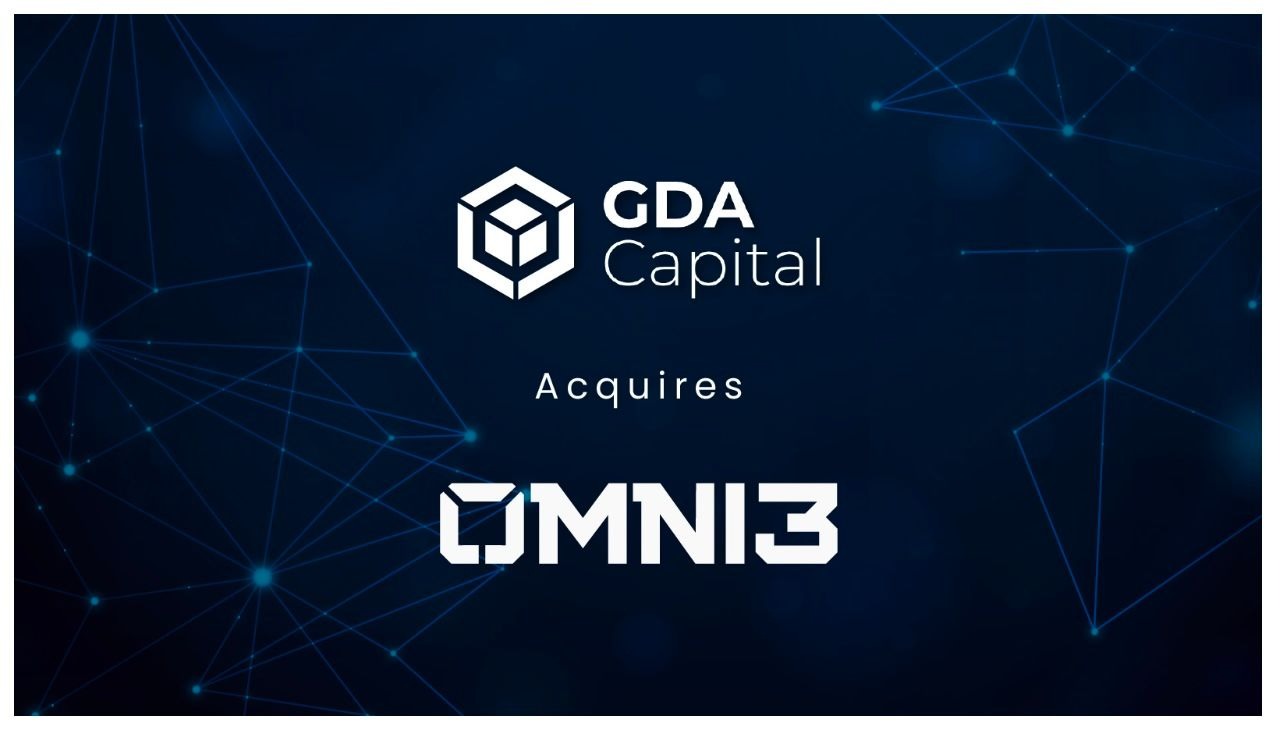The much-hyped direct listing of Coinbase this month highlighted a weird quirk of the digital assets sector: centralization. Despite the fact that every cryptocurrency, from Bitcoin to Dogecoin, was created on a decentralized model, most users will adopt the technology through an intermediary or “gatekeeper” like Coinbase.
Some developers want to pull away from this model and bring crypto back to its roots. The most popular project in this field is Uniswap. Here’s a closer look at our token of the week:
Trading digital assets
Digital assets trade much like their traditional counterparts. Buyers and sellers are connected on a platform where their orders are published for everyone to see. A long list of buy and sell orders, known as the “order book,” is available to every trader on the platform. This facilitates price discovery. When an open buy order price matches an open sell order, the trade is completed.
This model requires a central entity, the developer and owner of the platform, to make the market function. For traditional assets, the New York Stock Exchange may be the most popular. However, exchanges like Coinbase are the most popular platforms for digital assets.
Drawbacks
Centralized exchanges like Coinbase have two major drawbacks: liquidity and security. Liquidity on these platforms is limited to the “market depth” or the number of outstanding buy and sell orders on the book mentioned above. That means smaller, lesser-known digital assets may not be as easy to obtain or offload.
Perhaps a bigger concern is the fact that Coinbase (or any other centralized exchange) serves as a single point of failure. If the platform is taken offline, targeted by attackers or controlled by regulators, the entire marketplace suffers.
As a decentralized exchange, Uniswap is an attempt to solve these issues.
Uniswap’s unique model
Uniswap deviates from this traditional order book model and uses a unique automated liquidity protocol to decentralize the marketplace. Built on the Ethereum platform, the exchange uses two smart contracts: an “Exchange” contract and a “Factory” contract.
The Factory contract adds new tokens to the application, while the Exchange contract automatically swaps tokens between users. In this way, any token that is compatible with the Ethereum network can be traded without the need for an intermediary.
This model stays true to the core principle of all digital assets: decentralization. As such, it is arguably more secure, more convenient and less expensive. Uniswap charges users a flat 0.30% fee for every trade that takes place on the platform, compared to Coinbase’s spread margin of up to 2% on cryptocurrency transactions.
Why does Uniswap need fees?
It’s fair to wonder why a decentralized exchange (or DEX) needs a transaction fee when there’s no profit motive or “owner.” Uniswap uses this fee to solve another critical drawback of the centralized exchange model: liquidity.
The 0.3% fee is automatically distributed to users who have committed funds to a liquidity reserve. In other words, users can place their digital assets in reserve on the platform and earn a portion of the fees, which improves liquidity for all traders. According to the latest figures, $6.7 billion worth of crypto assets have been locked away on the Uniswap protocol.
Final thoughts
Uniswap, our token of the week, represents the decentralized future of digital asset trading, and we see a bright future ahead as it goes through the v3.0 upgrade.



